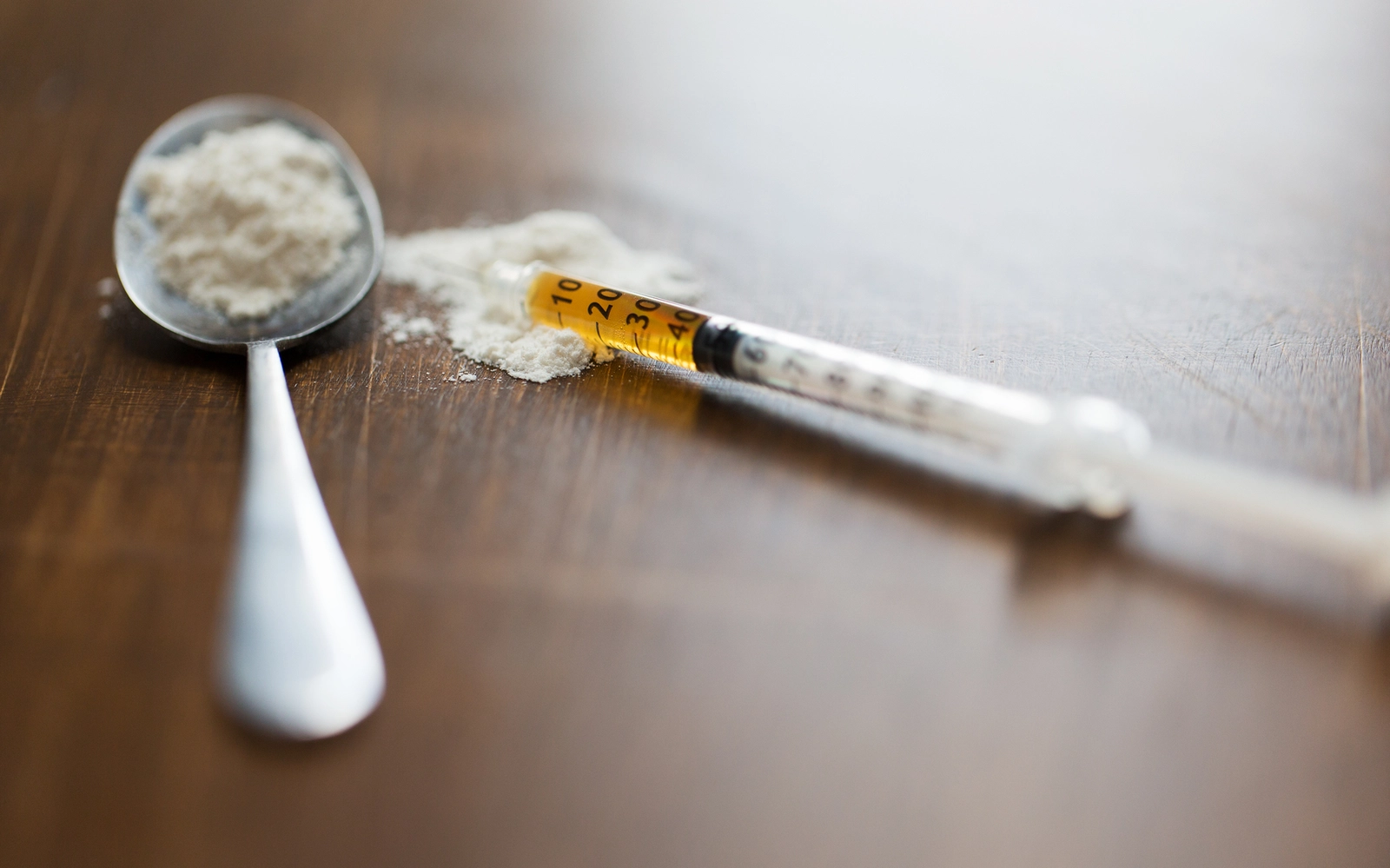Table of Contents
Key Points
- Cotton fever is an inflammatory response triggered by bacteria when injecting drugs filtered through cotton (or from other IV drug use practices).
- Symptoms include fever, chills, and muscle pain that typically resolve within 12 hours.
- While temporary, repeated episodes can lead to serious complications like sepsis and organ damage, often necessitating urgent medical care.
- Common misconceptions include beliefs that cotton fibers cause the condition, that it's harmless because it's temporary, and that home remedies can cure it faster.
Every year, thousands of intravenous (IV) drug users face dangerous complications from injection practices. Cotton fever is a condition that often afflicts those using intravenous drugs, with potentially fatal consequences. Understanding this condition can literally save a life, helping you or a loved one to access the medical and addiction treatment necessary to start and maintain the recovery process.
What is Cotton Fever?
Cotton fever is a short-term inflammatory response that typically occurs shortly after injecting drugs, particularly when using cotton as a makeshift filter.[1] While the medical literature has documented this condition since at least the 1970s, its exact mechanisms aren’t fully understood. The term cotton fever is somewhat misleading, as research suggests the condition isn’t directly caused by cotton itself but rather by bacteria that can live on cotton fibers and enter the bloodstream during injection.[2]
The most widely accepted scientific explanation points to endotoxins released by Enterobacter agglomerans, a bacteria commonly found on cotton plants.[3] When someone using intravenous drugs filters their solution through cotton, these bacteria can be drawn into the injection mixture. Once introduced into the bloodstream, these endotoxins trigger an intense immune response that displays the characteristic symptoms of cotton fever. Additionally, some researchers suggest that other contaminants or inflammatory processes may also play a role in causing this condition.[4]
What Are the Symptoms of Cotton Fever?
Cotton fever typically strikes within 15 to 30 minutes of injection, causing intense flu-like symptoms.[5] The most common symptoms include sudden and spiking fever, severe chills and shaking, muscle and joint pain, headache, and shortness of breath. Many people also experience nausea, vomiting, and severe fatigue.
While these alarming symptoms can feel life-threatening, cotton fever usually resolves within 6 to 12 hours. However, because these symptoms can also indicate other serious conditions like sepsis, endocarditis, or bloodborne infections, it’s important not to assume that symptoms will be fine without proper medical evaluation. The similarity between cotton fever symptoms and those of more dangerous conditions makes professional medical assessment critical.
What Are the Potential Long-Term Consequences of Cotton Fever?
While cotton fever is typically a short-lived condition without direct long-term consequences, repeated episodes can signal dangerous injection practices with serious risks. Each instance of cotton fever indicates exposure to bacterial endotoxins, which stresses the immune system and vital organs. Though one episode may resolve quickly, frequent occurrences could contribute to chronic inflammation and organ damage.
Moreover, the practices that lead to cotton fever often set the stage for more severe complications.[6] Using unsafe injection methods can lead to serious infections like endocarditis (heart valve infection), sepsis, bloodborne viral infections, and abscesses at injection sites.
Healthcare providers emphasize that while cotton fever may be temporary, it should be a crucial warning sign about unsafe injection practices. Each episode represents an opportunity to connect with medical care and harm reduction services that can help prevent more dangerous long-term health consequences.
Common Misconceptions About Cotton Fever
Several myths surround cotton fever, its effects, and its potential remedies. One widespread misconception is that cotton fever comes directly from cotton fibers entering the bloodstream and traveling to the lungs. The condition is likely caused by endotoxins living on the cotton, not the physical fibers themselves. This misunderstanding often leads people to incorrectly believe that using synthetic filters as a filter will automatically prevent the condition.
Another dangerous myth is that cotton fever is harmless because it’s temporary. While the condition usually resolves within hours, this belief can lead people to ignore symptoms that might indicate a more serious infection requiring immediate medical attention. Similarly, some people incorrectly believe that cotton fever only happens to inexperienced drug users or those using unsanitary injection practices when, in fact, it can affect anyone who injects drugs, regardless of their experience level or hygiene practices.
The most dangerous misconception is that home remedies like taking a hot bath or drinking excessive fluids can cure the symptoms of cotton fever faster. These practices can be dangerous if the symptoms indicate a more serious condition like sepsis.
How Can I Get Help for Cotton Fever and IV Drug Use?
If you’re experiencing symptoms of cotton fever, including sudden onset fever, chest pain, tachycardia, or shortness of breath, seek immediate medical attention at an emergency department. Healthcare providers are trained to handle cotton fever’s acute symptoms and potential complications. Emergency medicine staff will check your vital signs, may draw blood cultures, and can differentiate between self-limiting cotton fever and life-threatening conditions that require immediate intervention.
For ongoing support with intravenous drug use, multiple treatment paths and harm reduction resources are available. Local healthcare providers and addiction treatment centers can help manage complications like abscesses, cellulitis, or hepatitis while connecting you with dual diagnosis mental health support and addiction treatment. Many communities have harm reduction programs that provide education about contaminants, offer clean supplies instead of cotton filters, and create a supportive environment where patients know they won’t be judged.
Treatment for substance use can take many forms, and what works best varies from person to person. Options include medication-assisted treatment (MAT), outpatient counseling, support groups, and residential programs. No matter what, the key is reaching out for help, as taking that first step can open doors to the support you need to start your recovery.




